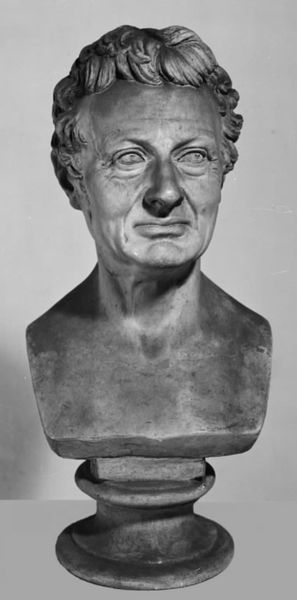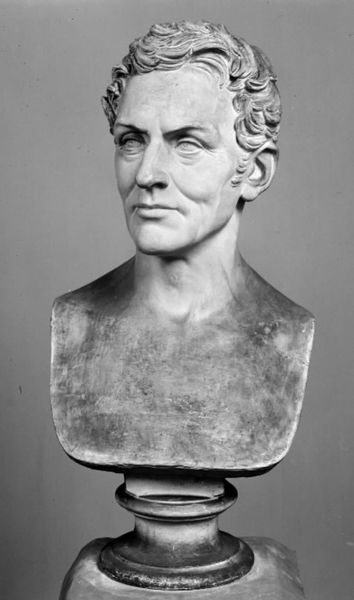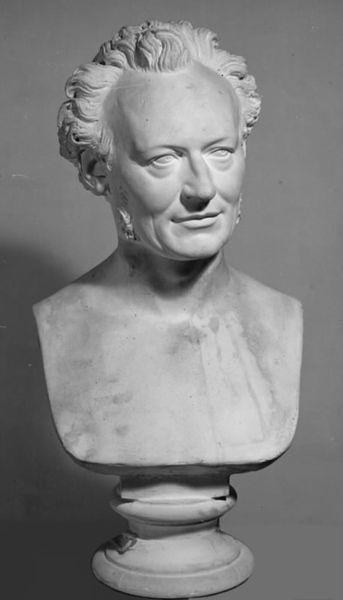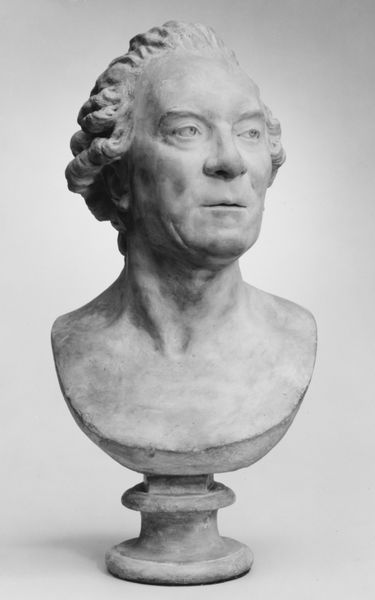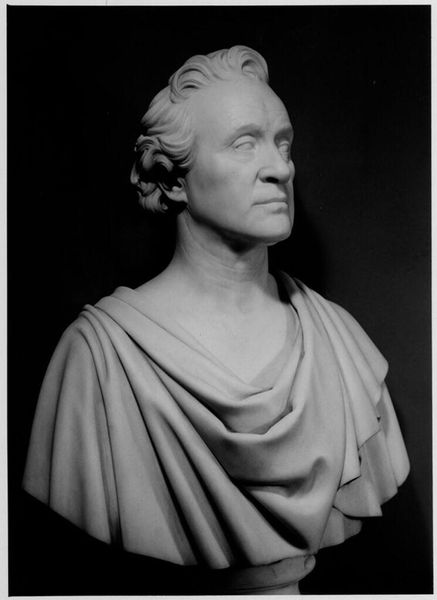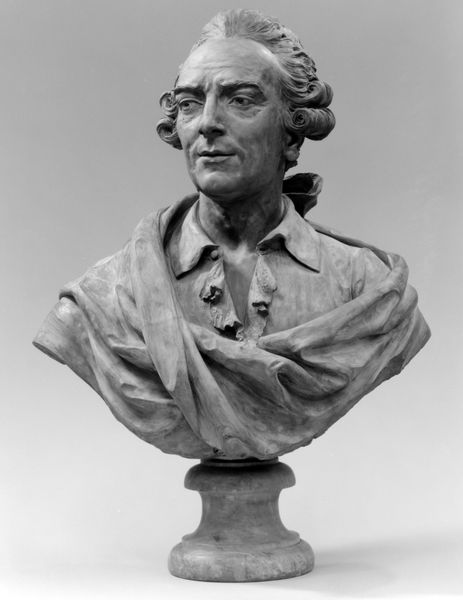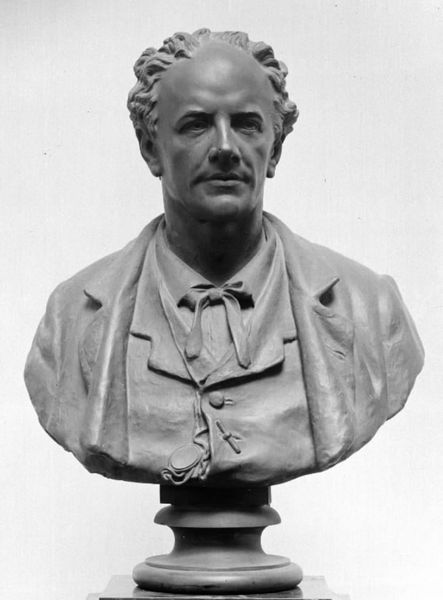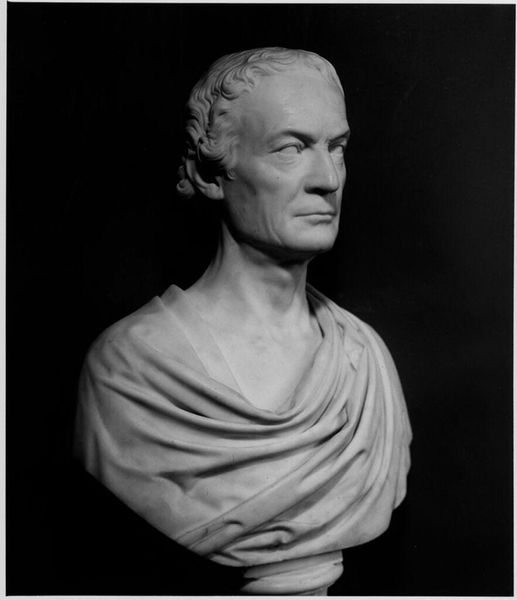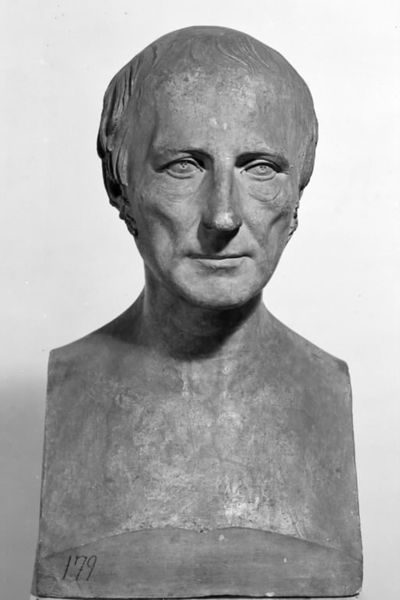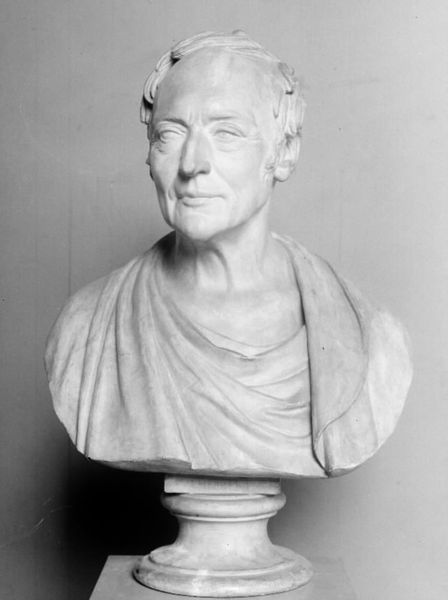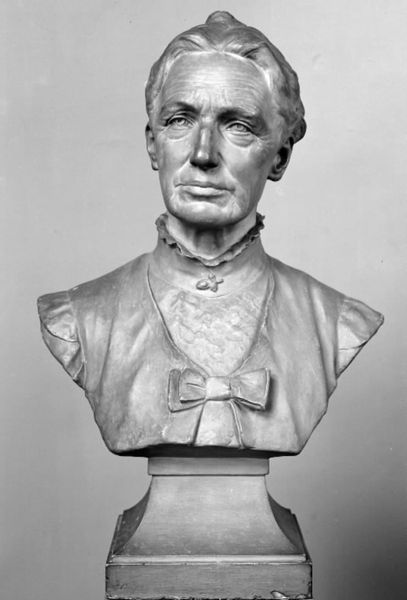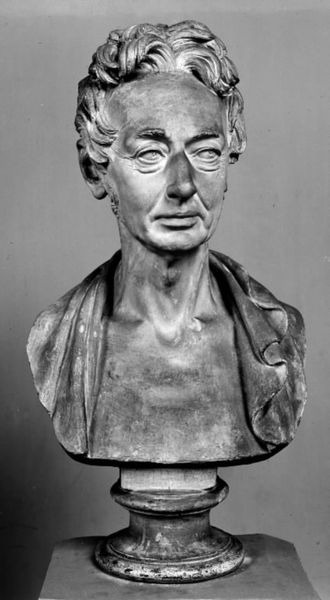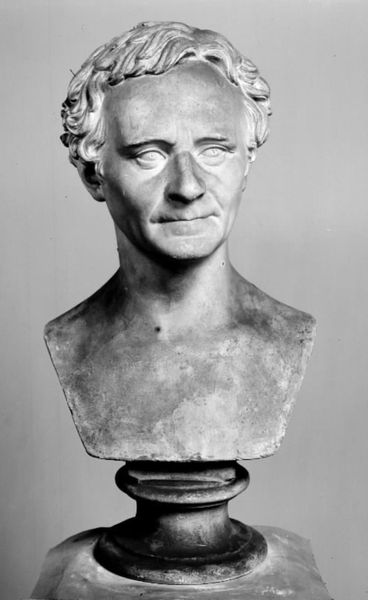
sculpture, marble
#
portrait
#
neoclacissism
#
classicism
#
sculpture
#
history-painting
#
monochrome
#
decorative-art
#
marble
Dimensions: Height: 22 1/2 in. (57.2 cm)
Copyright: Public Domain
John Gibson crafted this marble bust of a gentleman, now residing at the Metropolitan Museum. Note the classical drapery that elegantly adorns the figure. This motif, reminiscent of ancient Roman portraiture, carries echoes of authority and wisdom. The drape, a seemingly simple piece of cloth, has a rich history. We see its echoes in Renaissance paintings, where it often symbolizes virtue and status. Think of the way it reappears in countless depictions of philosophers and emperors; a visual shorthand for the gravitas of classical antiquity. Consider, too, how this motif has evolved. In medieval art, drapery could signify mourning or piety, a shroud for the body or soul. The drape's reappearance, from ancient sculpture to Neoclassical busts, reflects a recurring fascination with the past, and the weight of tradition. It engages viewers on a subconscious level because it taps into our collective memory and conveys a quiet yet powerful sense of dignity. Its emotional resonance stems from its repeated use in works throughout time, forming a link between us and the cultural legacy of bygone eras. The classical motif resurfaces, evolved, and takes on new meanings.
Comments
No comments
Be the first to comment and join the conversation on the ultimate creative platform.
